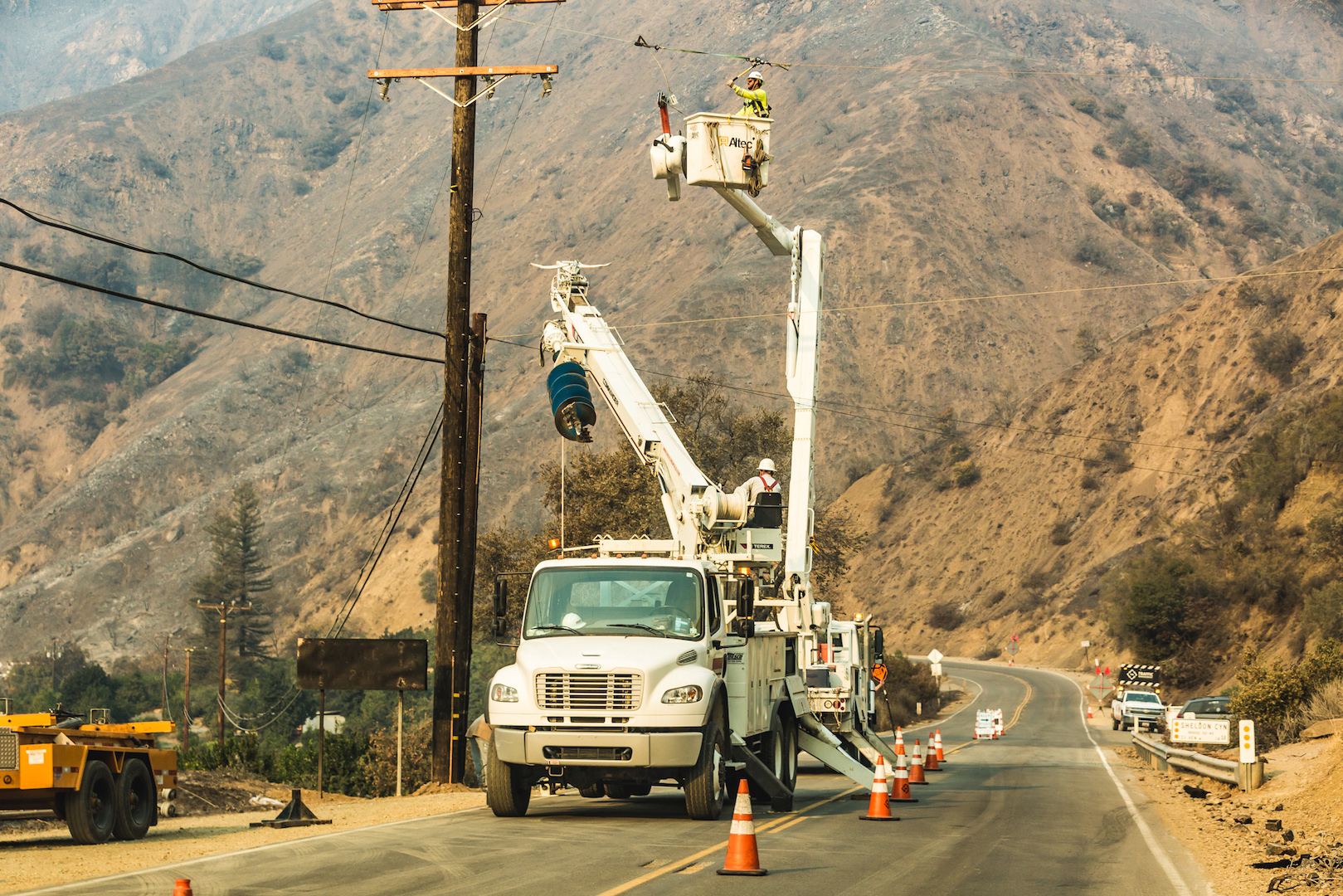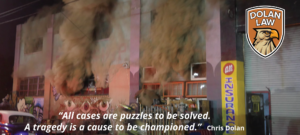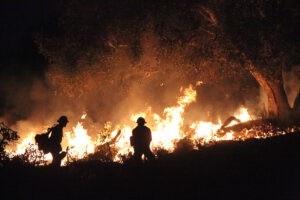
This week’s column expands on last week’s discussion of the implications of CalFire’s recent reports faulting PG&E for a dozen of last October’s wildfires. While last week I focused on the ramifications for direct victims of the firestorm, this week I will look at the broader impacts to the California public. Sadly, this topic feels more timely than ever as Northern California’s first major wildfire of year continues to burn out of control since it began in Lake County on Saturday.
According to the California Department of Insurance, 18,465 homes and 2,586 businesses were destroyed in October’s North Bay firestorm. Public policy and market dynamics will determine how these enormous losses are ultimately apportioned among victims, insurance companies, government agencies, parties found liable for causing the blazes, and the public at large. While the source of some fires, including the Tubbs Fire which ranked as the most destructive in California history, are still under investigation, the two CalFire reports released in the past five weeks suggest that much of the fault, and therefore a large portion of eventual financial liability, will lie with PG&E.
Already down $14 billion in the stock market, the company’s own predicted losses from potential settlements total nearly another $10 million. These damages would stem not only from any negligence found on PG&E’s part, but also from a longstanding interpretation of the California Constitution requiring privately-owned utilities, as quasi-monopolies serving a public function, to compensate fire victims for “inverse condemnation” of their property.
Additionally, PG&E will have to account for attorneys’ fees, the costs of repairing and improving its own infrastructure, and the increased price of liability insurance. Arguing that year-round fire seasons caused by climate change have inflated the baseline costs of disaster preparedness, PG&E is making every effort to offload some of its liability on the state and, crucially, to pass some of its costs onto its customers in the form of rate hikes.
As applied by the courts pursuant Section 1260.040 of the California Code of Civil Procedure, California’s inverse condemnation law assigns 100% responsibility to public utilities, whether publicly or privately owned, for all damages found to be caused by their power infrastructure, regardless of fault. This interpretation of inverse condemnation law has been applied consistently since 1872 and was most recently reinforced in an April 26 tentative ruling against PG&E in the 2015 Butte Fire Cases.
Consistent with legal precedent, Judge Curtis E.A. Karnow has rejected PG&E’s argument that inverse condemnation claims should be dropped from the North Bay Fires class action lawsuit. Given these unfavorable decisions, PG&E’s most likely course is to continue lobbying the state legislature to amend the law going forward, which would not affect its liability for the North Bay fires. Currently, no such legislation is under consideration.
For the moment, PG&E can still argue that, if it is required to compense no-fault damages, it should be able to pass these costs onto its customers. The California Public Utilities Commission has the power to protect consumers from undue costs by permitting utility companies to only shift costs incurred “prudently” and will have to determine which of PG&E’s costs from the October firestorm thereby qualify to be passed onto consumers.
Senate Bill 819, currently approved by the state Senate and pending in the Assembly, would require the CPUC to apply a “reasonableness” standard in this determination, ensuring utility customers protection from any costs resulting from PG&E’s negligence. It remains to be seen whether PG&E will be allowed to shift no-fault inverse condemnation damages onto the general public.
Various compromise measures, neither maintaining the status quo nor overturning inverse condemnation policy, are also possible. Some California utilities are encouraging state officials to take up creation of a “victim compensation fund,” to be resourced through state taxes or bonds, as a means of relieving the companies’ share of expenses.
Senate Bill 1088, which has also passed in the Senate and is pending in the House, would allow a public utility to pass its liabilities onto consumers so long as it formulates and adheres to a comprehensive “safety, reliability, and resiliency plan” meeting specified standards and to be updated every two years.
Less tangibly, Governor Brown has also signaled to PG&E that he takes their concerns seriously, stating in a March 13 press release that the state is committed to updating liability rules and regulations “in light of the changing climate and the increased severity and frequency of weather events.”
The bottom line: California consumers can expect to be hit by at least a modest hike in their utility bills. And depending on future government actions, these new financial burdens may multiply with each new fire season.









